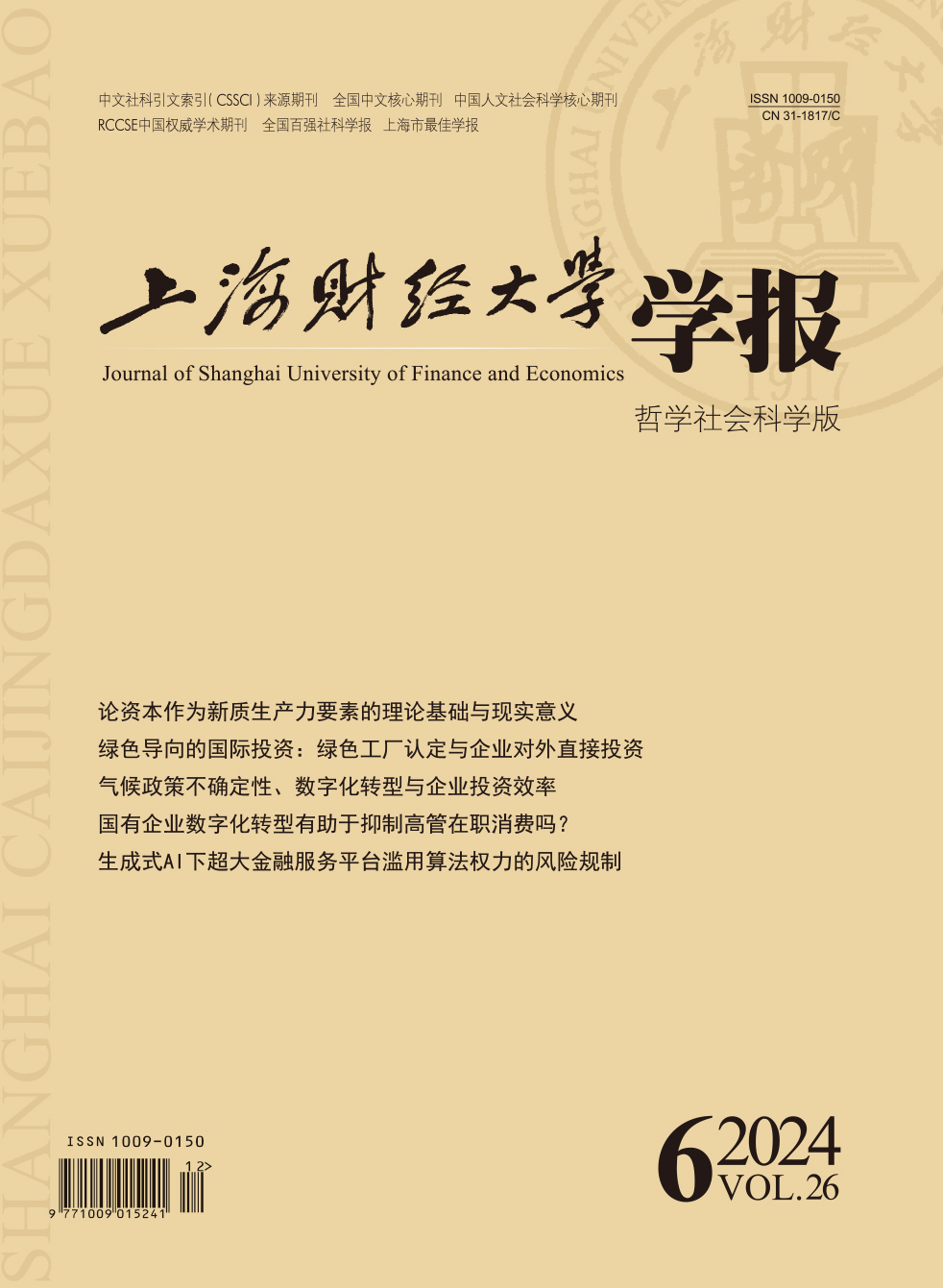Surplus value is one of the key concepts of Marx's economic theories. Theory of surplus value built on this is known as one of two big discoveries by Marx. Therefore, the theory of surplus value has received much attention from domestic and foreign economists. Along with economic globalization, capital financialization, and technology informatization, the production, circulation and division of surplus value in developed capitalist countries have undergone new changes nowadays. Advances in circulation theory of surplus value are also promoted by the reality changes in the circulation of surplus value. At present, the circulation of surplus value in the capitalist countries experiences four new changes, namely new changes in the intermediary form, the power of circulation, the space carrier and the continuation of time, thereby resulting in four new features of the circulation of surplus value, namely more scientific movement means, broader movement space, more continuous movement time, and more integrated movement functions. The practice of the circulation of surplus value has revealed that the economic reform in China should firmly establish the principle that development results benefit all the people, pay attention to the role of investment and accelerate the implementation of the "Internet Plus"action.
 / Journals / Journal of Shanghai University of Finance and Economics
/ Journals / Journal of Shanghai University of Finance and EconomicsJournal of Shanghai University of Finance and Economics
LiuYuanchun, Editor-in-Chief
ZhengChunrong, Vice Executive Editor-in-Chief
GuoChanglin YanJinqiang WangWenbin WuWenfang, Vice Editor-in-Chief
Circulation of Surplus Value: Research Progress, Its New Changes in Capitalism and Enlightenment
Journal of Shanghai University of Finance and Economics Vol. 18, Issue 02, pp. 19 - 28 (2016) DOI:10.16538/j.cnki.jsufe.2016.02.002
Abstract
References
Abstract
Cite this article
Wang Feng. Circulation of Surplus Value: Research Progress, Its New Changes in Capitalism and Enlightenment[J]. Journal of Shanghai University of Finance and Economics, 2016, 18(2): 19–28.
Export Citations as:
For




 6130
6130  4777
4777

